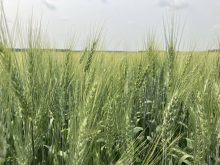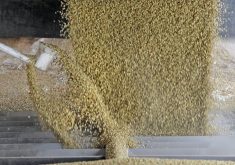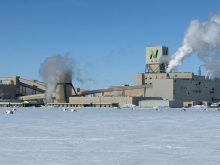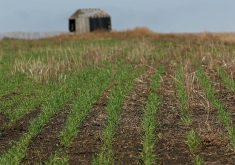SASKATOON — There are some early-season problems with Russia’s yellow pea crop, according to analysts.
“Because of frost and low precipitation in southern regions, conditions are far from brilliant,” Sergey Pluzhnikov, chief executive officer of Russian Pulses Analytics, said in a text message.
Related stories:
There are also problems in Siberia.
Read Also
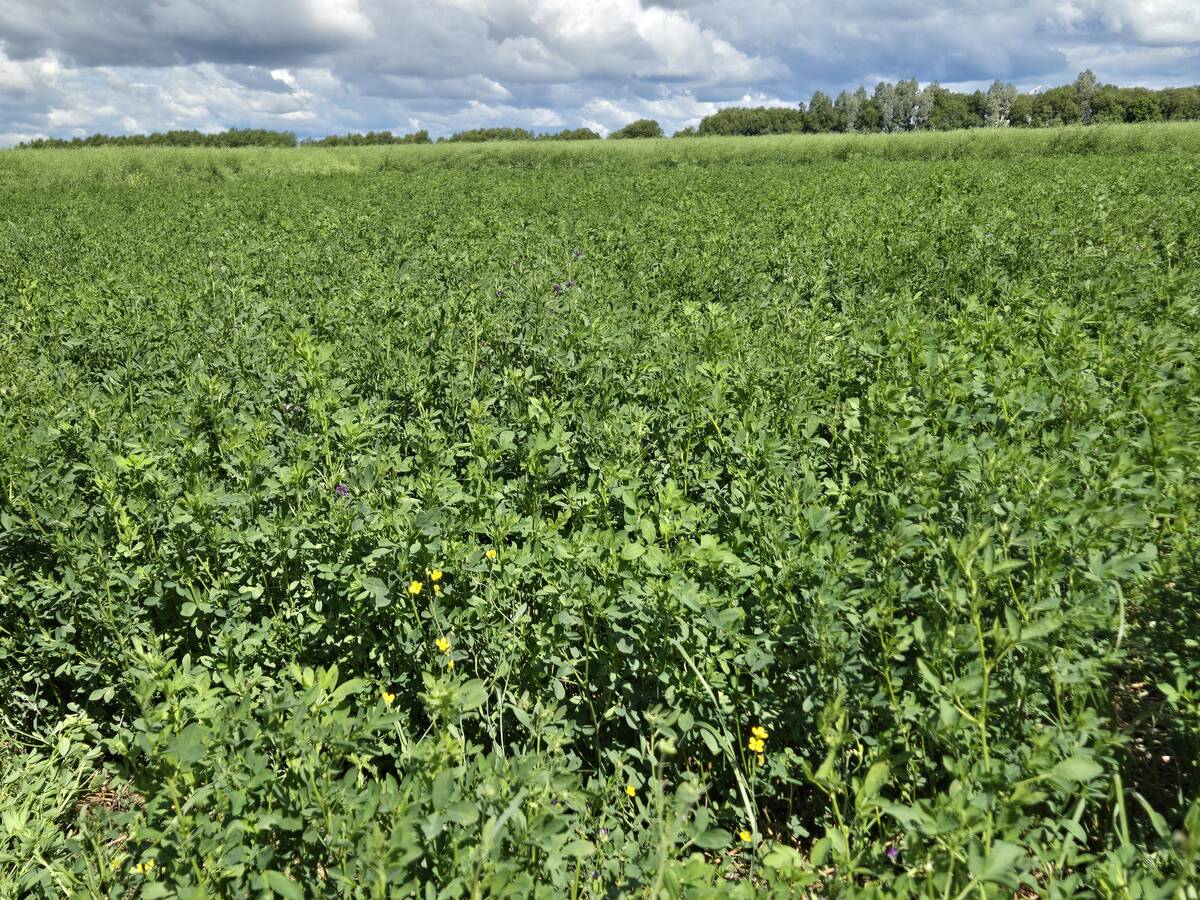
Manitoba Parkland research station grapples with dry year
Drought conditions in northwestern Manitoba have forced researchers at the Parkland Crop Diversification Foundation to terminate some projects and reseed others.
Chickpeas and lentils have yet to be seeded in most regions of Russia.
Pluzhnikov asked Russian farmers on his social media channels how their yellow pea crops are coping with the frost and drought. Half of them said it is too early to tell, but 20 per cent said their crops are in bad condition.
Chuck Penner, an analyst with LeftField Commodity Research, made similar comments during a recent What the Futures podcast.
He said the initial forecast for Russia’s 2024-25 crop was for more than five million tonnes, but that is being scaled back due to dry conditions in the south and excess moisture in Siberia.
Russia has become a huge pea competitor to Canada. Farmers in that country produced about 4.7 million tonnes of the crop last year, compared to 2.6 million tonnes in Canada.
Russia is expected to export 2.36 million tonnes of peas in 2024, compared to Canada’s 2.24 million tonnes, according to Stat Publishing.
Pluzhnikov isn’t ready to toss out a Russian production number for 2024 yet because it is too early in the growing season, but he noted that nothing good can come from seeding pulses in dry and cold soil.
He said that the crop was late getting in the ground this year and that likely means a late harvest, which can lead to water damaged and muddy seeds.
Gaurav Jain, analyst with AgPulse Analytica, said Russia is also set to become a “formidable competitor” in the lentil market.
India imported 36,782 tonnes of Russian lentils last year. The opening of that market to Russian product is a significant development, he said in a recent article he wrote for the Global Pulse Confederation (GPC).
He believes it is likely to encourage Russian farmers to dedicate more land to lentils, along with the fact that pulses face lower export taxes than other crops.
Lentils are primarily grown in the Siberian and Volga districts, but there are reports that acreage is increasing in the southern region.
“Just as pea acreage near the Black Sea ports led to a surge in exports, there is potential for similar growth in lentil acreage in the coming decade,” Jain said in the GPC article.
He expects Russian lentil production to reach 500,000 tonnes this year and to soon exceed one million tonnes.
“As Russia strengthens its position in the global pulses market — already challenging Canada in peas — it is set to become a formidable competitor to major lentil producers like Canada and Australia, potentially reshaping global market dynamics in the process.”
Pluzhnikov is also optimistic about Russia’s lentil production, although he thinks it will be closer to 400,000 tonnes this year.
He agrees that one million tonnes is feasible in the near future, but Russia will first need to cultivate new markets for that much supply.
AgPulse also had some thoughts on the European Union’s pea crop.
It is forecasting 2.41 million tonnes of production in 2024-25, which is slightly above the European Commission’s estimate of 2.28 million tonnes. That would be double last year’s output.
“As Europe is now demanding nearly a million tonnes of imported peas, the domestic production figure has gained more importance,” AgPulse stated in a separate GPC article.
AgPulse is forecasting a six percent increase in EU seeded area, while the EC is forecasting a 3.5 percent drop.
AgPulse thinks Spanish farmers will plant another big crop despite poor yields last year due to surging demand for the crop, robust market prices and a forecast for excessively dry conditions because peas perform better than competing crops in low soil moisture.
Contact sean.pratt@producer.com






